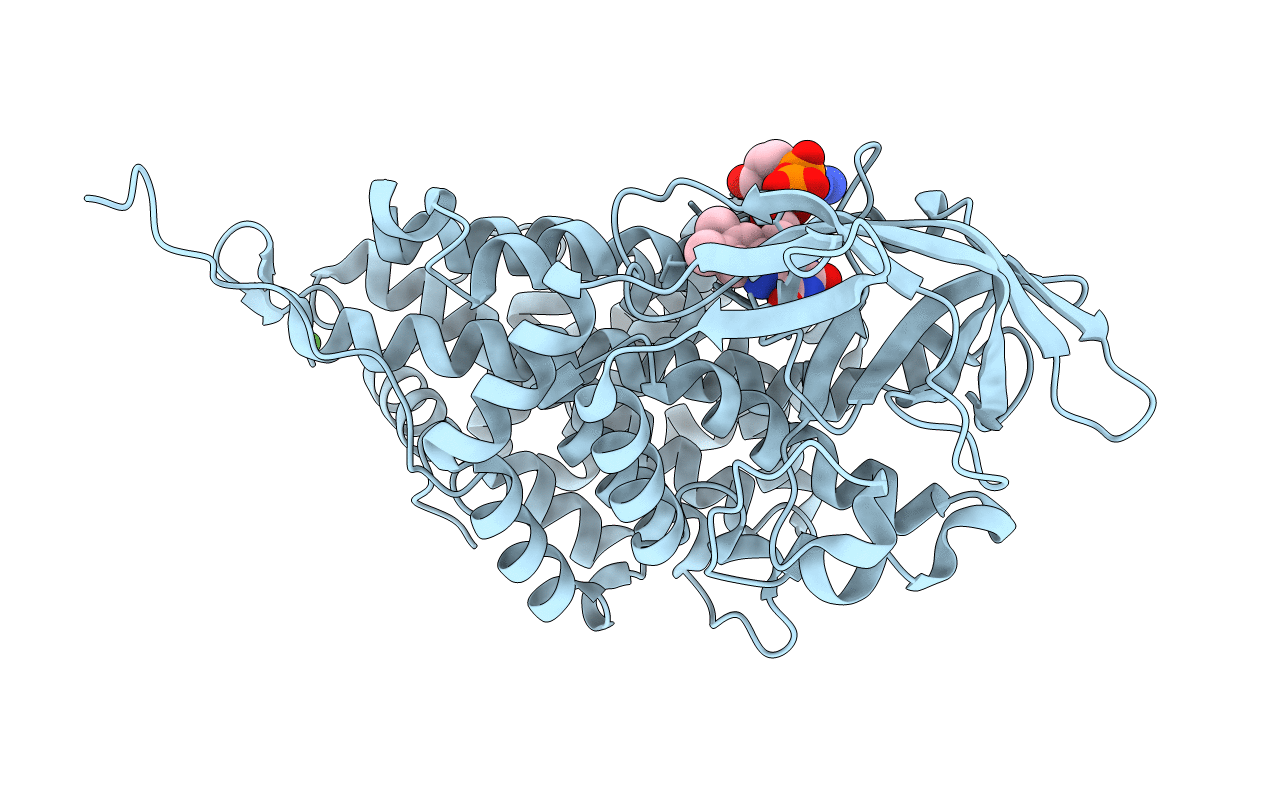
Deposition Date
2008-06-23
Release Date
2008-09-23
Last Version Date
2024-11-13
Entry Detail
PDB ID:
3DJL
Keywords:
Title:
Crystal structure of alkylation response protein E. coli AidB
Biological Source:
Source Organism:
Escherichia coli (Taxon ID: 562)
Host Organism:
Method Details:
Experimental Method:
Resolution:
1.70 Å
R-Value Free:
0.17
R-Value Work:
0.16
R-Value Observed:
0.16
Space Group:
I 2 2 2


